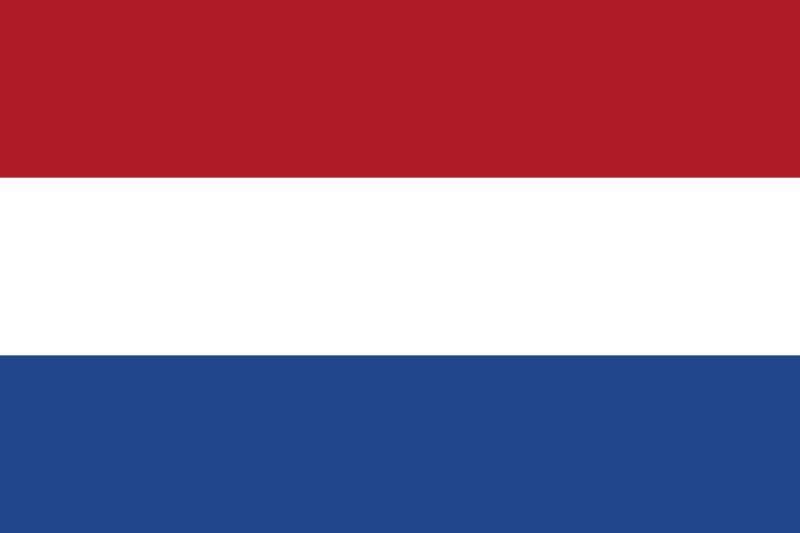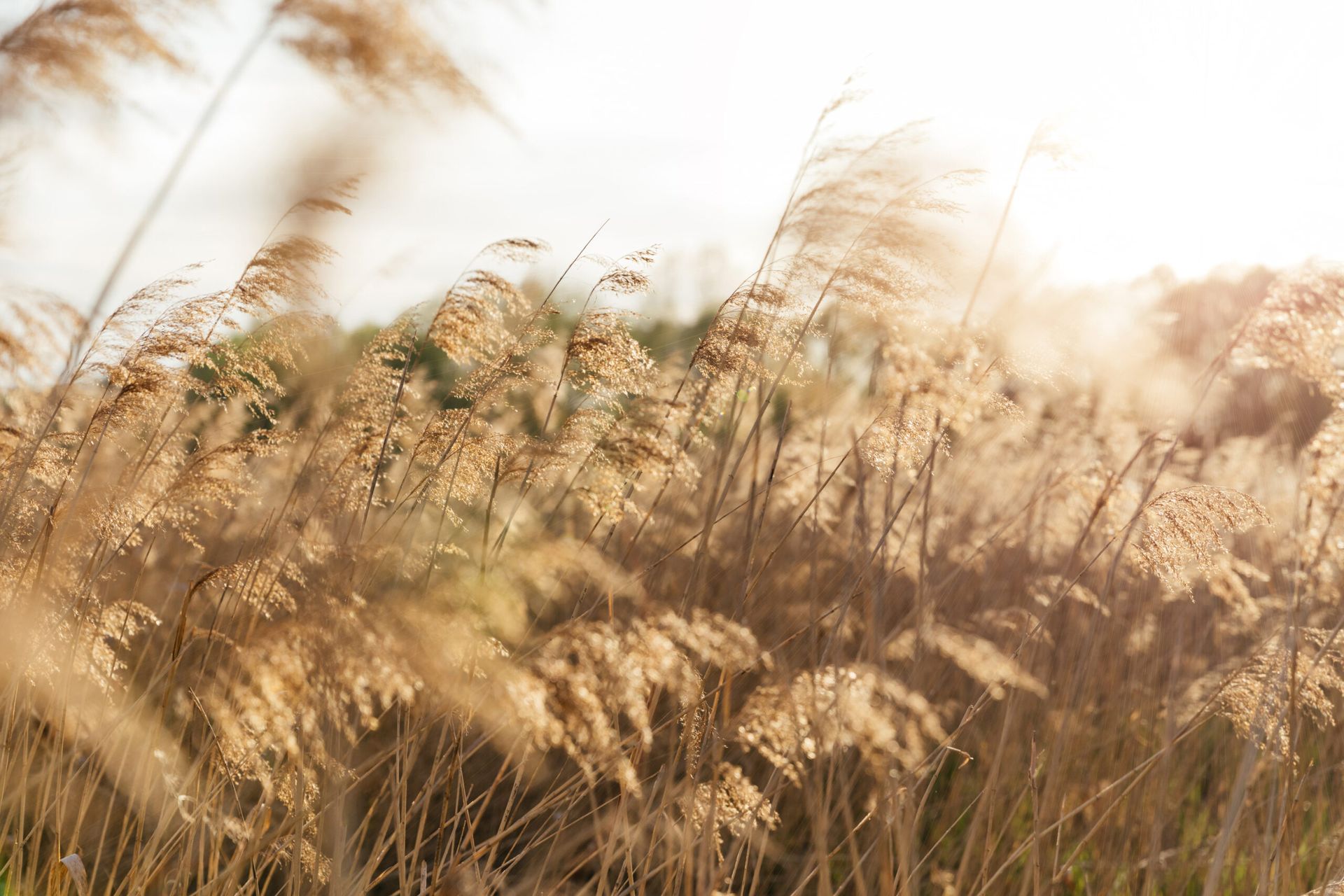-
DIFFERENT TYPES OF WATERBEDS
Button
WHAT DIFFERENT TYPES OF WATERBEDS ARE THERE?
HARDSIDE
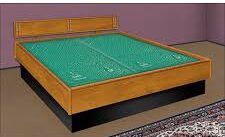
At the end of the 1970s, the waterbed entered the European market. The first waterbeds were sold as hardside waterbeds. A hardside waterbed was characterized by the fact that the water mattress was placed directly inside a bed frame. In this system, the water mattress is held in place by the hard sides (hardside) of the bed frame. The bed frame is an essential part of the waterbed in the hardside system. The sides of the bed frame need to be sturdy enough to withstand the pressure of the water mattress. The advantage of a hardside system is that the sleeping surface is the same size as the bed frame. Making a hardside waterbed requires some experience. Because getting in and out of a waterbed can be problematic for some people, the waterbed was further developed. This led to the emergence of the softside waterbed in the 1990s.
SOFTSIDE
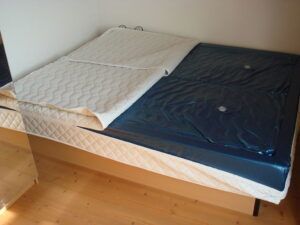
In a softside waterbed, the water mattress is surrounded by foam edges. Getting in and out of bed can now be done comfortably by sitting on the foam edges. In a softside system, the water mattress is held in place by the foam edges. While a bed frame around the system is optional, it is not necessary. The softside system can also be placed independently in the bedroom without a bed frame.
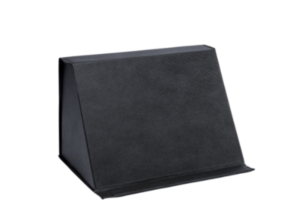
The 20 cm high foam edges still had a drawback for some people, as when making the bed, the corners of the waterbed had to be lifted to put the fitted sheet around the underblanket. To make bed making easier, a softside variant was introduced where the foam edges were divided into 2x 10 cm stacked on top of each other, instead of one high 20 cm foam edge in one piece.
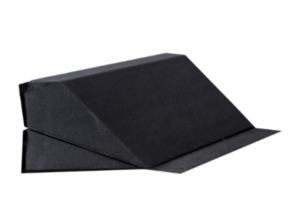
Making the split softside system is easier because the fitted sheet can be tucked into the split between the 2 foam parts.
As a result, there are now 2 softside variants available on the market. The standard softside with a 20 cm high foam edge and the split softside with a divided foam edge (2x 10 cm).
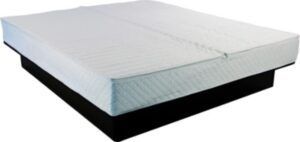
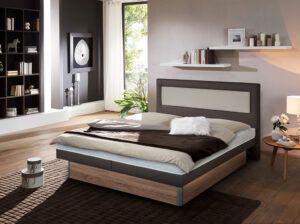
In the Split Softside, the lower part of the foam edge can be upholstered. This gives the bed a nicer appearance when it is placed freestanding (without a bed frame) in the bedroom. This is called a freestanding split softside.
If the bed is placed in a bed frame, then the lower 10 cm part of the foam edge will be upholstered in black corovin.
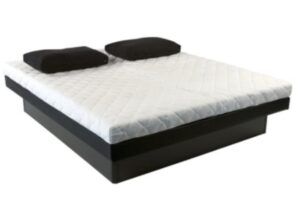
This part will disappear into the bed frame and will be out of sight. This is called a built-in split softside bed. The bed frame surrounds a built-in split softside bed, so there are no requirements for the bed frame to be combined with the built-in split softside bed.
Over the years, several other variants have been produced. For example, waterbeds with tubes, water mattresses filled with gel, and water mattresses with air-filled support compartments entered the market.
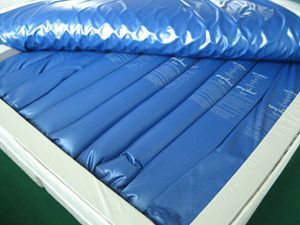
Wa'core carefully observed all these developments and decided not to include them in its product range.
The lightweight waterbed is a development that Wa'core did invest in.
Many lightweight waterbeds have a water mattress that is uniformly high everywhere. As a result, there is not enough depth in the mattress at the shoulder and hip areas. The body is then supported not by the water but by a foam tub, leading to a loss of comfort.
Wa'core has opted for a different type of lightweight waterbed: the Wa'core Caribbean lightweight waterbed. Due to the specific shape of the water mattress in the Caribbean lightweight mattress, it can conform almost entirely to the body. This provides an alternative to the regular waterbed, requiring less water in the mattress. The Wa'core Caribbean lightweight mattress can be placed on a sturdy slatted base or box spring. It can also easily be placed next to an innerspring mattress.
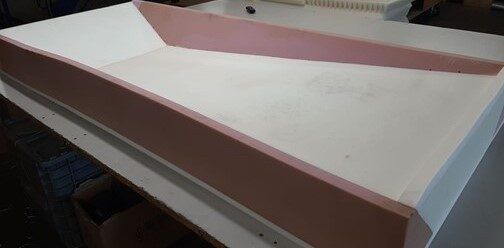
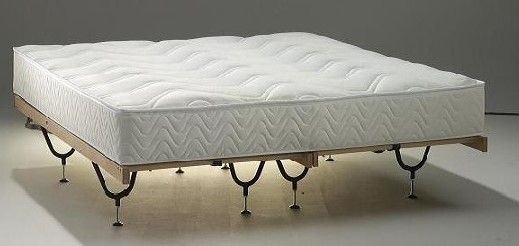
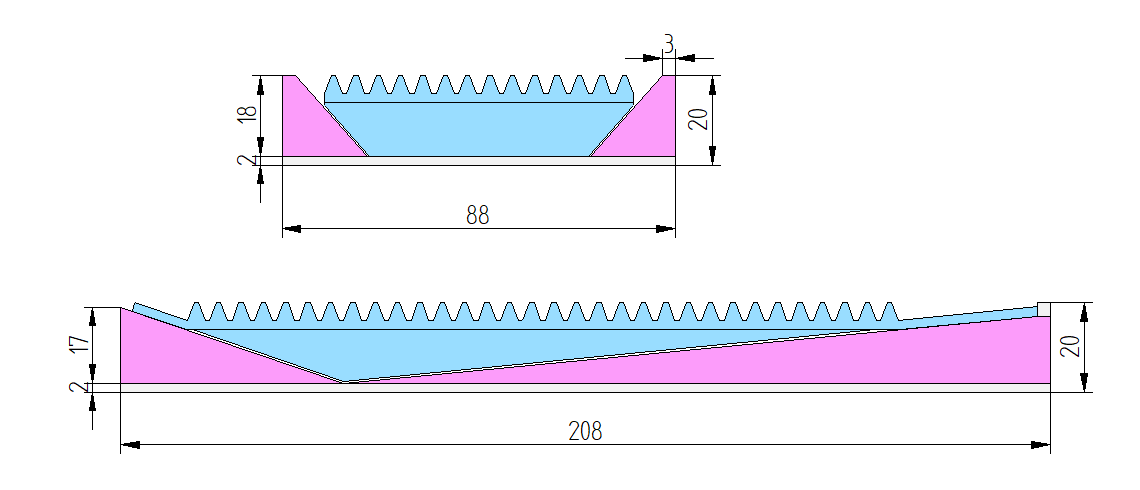
FIND A WA'CORE DEALER
CONTACT DETAILS
Mosevej 12,
DK 4700 Naestved
Denmark
VAT ID: DK21203149
Phone: +45 5855 0100
Fax: +45 5855 0101
ABOUT WA'CORE
OUR PASSION IS WATERBEDS

